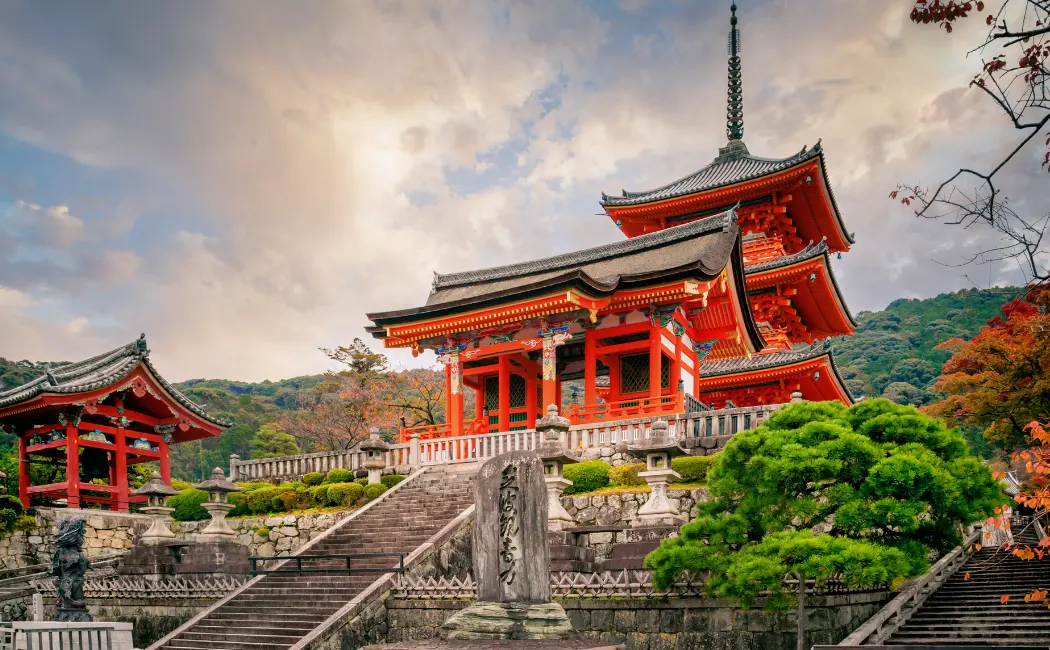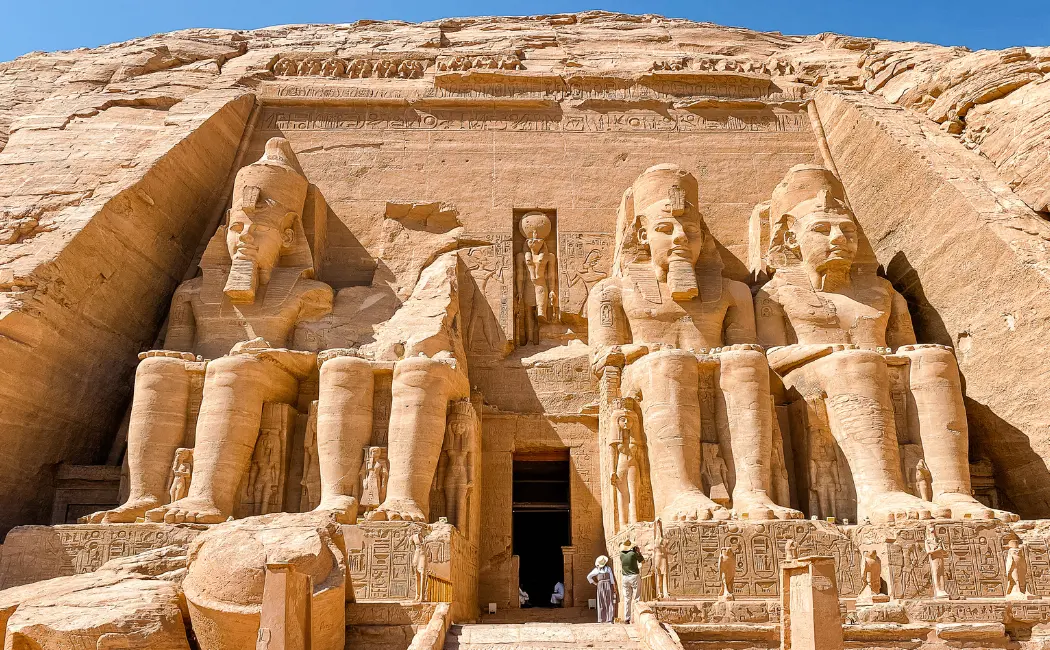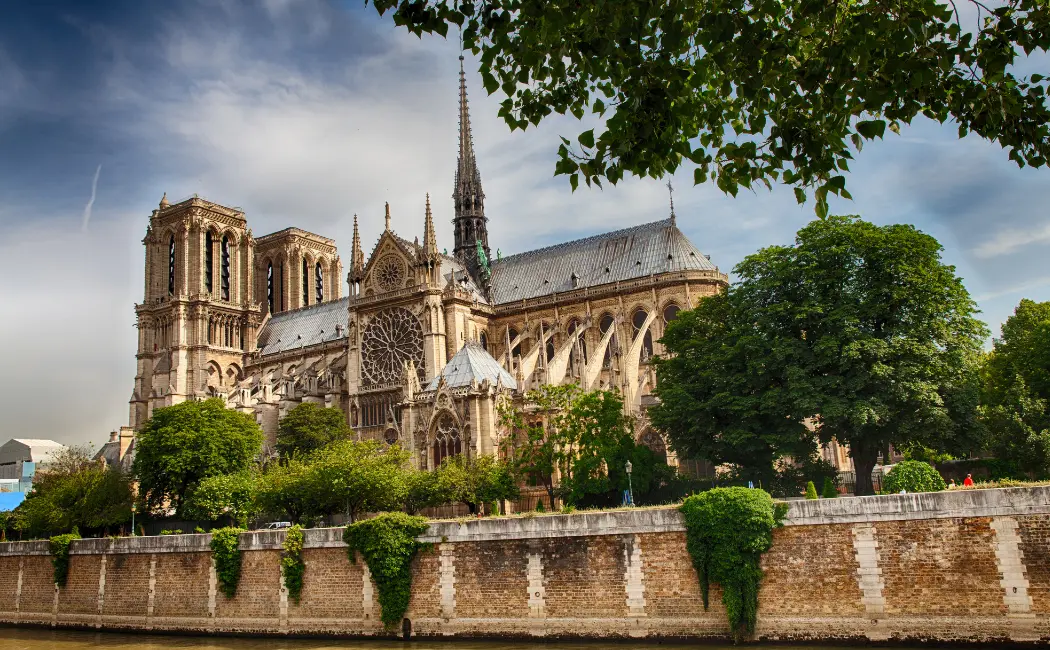Perched on the eastern hills of Kyoto, Japan, Kiyomizu-dera is one of the country’s most revered and iconic temples.
A UNESCO World Heritage site, this majestic temple complex has been a sacred destination for pilgrims and travelers alike for over 1,200 years.
You May Also Like: Patan Tourism: Discovering Rani ni Vav’s Historical and Cultural Significance
History of Kiyomizu-dera
Kiyomizu-dera’s history dates back to 778 AD, when it was founded by Sakanoue no Tamuramaro, a renowned Japanese general. The temple’s main hall, constructed in 1633, is dedicated to the goddess of mercy, Kannon Bodhisattva.
Architecture and Layout
Kiyomizu-dera’s architecture is a masterpiece of Japanese design:
- Main Hall: The temple’s iconic, wooden stage offers breathtaking views of Kyoto.
- Jishu Shrine: A Shinto shrine dedicated to the god of love and matchmaking.
- Kannon-do Hall: Houses a sacred image of Kannon Bodhisattva.
- Three-Storied Pagoda: A stunning example of Japanese pagoda design.
Symbolism and Significance
Kiyomizu-dera’s design and architecture embody various symbolic meanings:
- Pure Water: The temple’s name, Kiyomizu, translates to “pure water,” reflecting the site’s natural springs.
- Spiritual Purification: The temple’s waters are believed to possess healing properties.
- Buddhist Principles: Kiyomizu-dera represents the principles of Buddhism, including compassion and wisdom.
Conservation Efforts
In the 20th century, Kiyomizu-dera faced significant threats:
- Aging Infrastructure: Deterioration of the temple’s structures.
- Over-Tourism: Strains on infrastructure and potential damage.
International conservation efforts, led by UNESCO, have helped restore and protect the site.
Tourism and Economic Impact
Kiyomizu-dera attracts over 5 million visitors annually, generating significant revenue for Kyoto’s economy.
Challenges and Concerns
- Over-Tourism: Strains on infrastructure and potential damage.
- Climate Change: Rising temperatures and humidity threaten the temple’s structural integrity.
- Preservation: Balancing conservation with tourism and economic development.
Cultural Significance
Kiyomizu-dera is an iconic symbol of Japanese culture and identity:
- National Pride: The temple is a source of national pride and unity.
- Buddhist Heritage: Kiyomizu-dera represents Japan’s rich Buddhist legacy.
- Artistic Inspiration: The temple’s architecture and design inspire artists and designers worldwide.
Interesting Facts
- Stage of Life: The main hall’s stage is said to represent the stages of life.
- Love Stones: Visitors throw stones onto a designated area to pray for love and relationships.
- New Year’s Eve Bell Ringing: Kiyomizu-dera’s bell is rung 108 times to purify the mind.
Festivals and Events
- Cherry Blossom Festival: Celebrating the beauty of spring.
- Autumn Leaves Festival: Illuminating the temple’s stunning foliage.
- New Year’s Eve: Ringing the temple bell for purification.
Conclusion
Kiyomizu-dera is a sacred testament to Japan’s rich cultural heritage and spiritual identity. This majestic temple complex continues to captivate visitors from around the world, inspiring wonder and appreciation for the beauty and significance of Japanese culture.
References:
- UNESCO World Heritage Centre
- Japanese Ministry of Tourism
- Kiyomizu-dera official website
- “Kiyomizu-dera: A Cultural History” by Masao Ishii
- “The Temple of Pure Water” by Donald Jenkins
Additional Resources:
- Kiyomizu-dera Visitor Guide
- History of Kyoto
- Japanese Culture and Traditions
- Conservation Efforts and Sustainability
- Travel Tips and Accommodations










